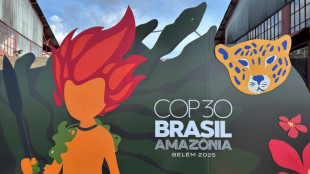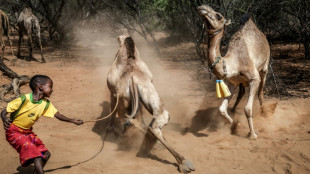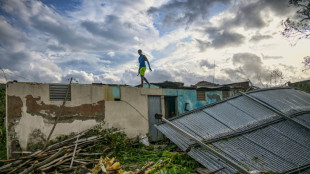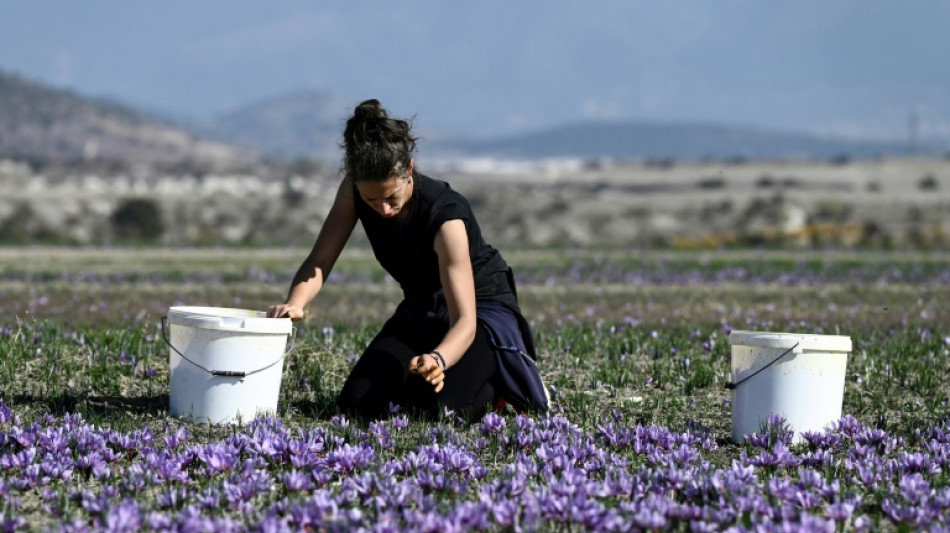
-
 Milan deny Roma top spot in Serie A, Inter beat Verona
Milan deny Roma top spot in Serie A, Inter beat Verona
-
Lens back up to third in Ligue 1 as Lyon held at Brest

-
 NFL-best Colts fall to Steelers, Packers lose to Carolina
NFL-best Colts fall to Steelers, Packers lose to Carolina
-
'Regretting You' wins spooky slow N. American box office

-
 'Just the beginning' as India lift first Women's World Cup
'Just the beginning' as India lift first Women's World Cup
-
Will Still sacked by struggling Southampton

-
 Malinin wins Skate Canada crown with stunning free skate
Malinin wins Skate Canada crown with stunning free skate
-
Barca beat Elche to recover from Clasico loss

-
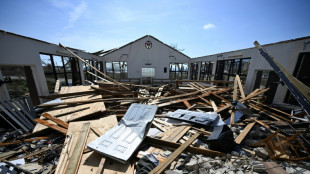 Jamaica deaths at 28 as Caribbean reels from colossal hurricane
Jamaica deaths at 28 as Caribbean reels from colossal hurricane
-
Verma and Sharma power India to first Women's World Cup triumph

-
 Auger-Aliassime out of Metz Open despite not yet securing ATP Finals spot
Auger-Aliassime out of Metz Open despite not yet securing ATP Finals spot
-
Haaland fires Man City up to second in Premier League

-
 Sinner says staying world number one 'not only in my hands'
Sinner says staying world number one 'not only in my hands'
-
Ready for it? Swifties swarm German museum to see Ophelia painting

-
 Pope denounces violence in Sudan, renews call for ceasefire
Pope denounces violence in Sudan, renews call for ceasefire
-
Kipruto, Obiri seal Kenyan double at New York Marathon

-
 OPEC+ further hikes oil output
OPEC+ further hikes oil output
-
Sinner returns to world number one with Paris Masters win

-
 Sinner wins Paris Masters, reclaims world No. 1 ranking
Sinner wins Paris Masters, reclaims world No. 1 ranking
-
Nuno celebrates first win as West Ham boss

-
 Obiri powers to New York Marathon win
Obiri powers to New York Marathon win
-
Two Louvre heist suspects a couple with children: prosecutor

-
 Verma, Sharma help India post 298-7 in Women's World Cup final
Verma, Sharma help India post 298-7 in Women's World Cup final
-
Inter snapping at Napoli's heels, Roma poised to pounce

-
 India space agency launches its heaviest satellite
India space agency launches its heaviest satellite
-
Wolves sack Pereira after winless Premier League start

-
 Debutants Berkane among CAF Champions League top seeds
Debutants Berkane among CAF Champions League top seeds
-
Sundar steers India to five-wicket win over Australia in 3rd T20

-
 What we know about the UK train stabbings
What we know about the UK train stabbings
-
Jonathan Milan wins wet Tour de France Singapore Criterium

-
 Canadian teen Mboko wins Hong Kong Open for second WTA title
Canadian teen Mboko wins Hong Kong Open for second WTA title
-
Two children among dead in Russian blitz on Ukraine

-
 South Africa opt to bowl against India in Women's World Cup final
South Africa opt to bowl against India in Women's World Cup final
-
Dominant McKibbin wins Hong Kong Open to seal Masters spot

-
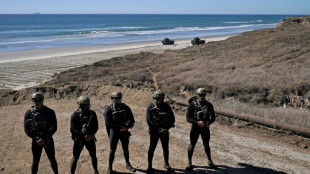 US Navy veterans battle PTSD with psychedelics
US Navy veterans battle PTSD with psychedelics
-
'Unheard of': Dodgers in awe of iron man Yamamoto

-
 UK police probe mass train stabbing that wounded 10
UK police probe mass train stabbing that wounded 10
-
'It's hard' - Jays manager Schneider rues missed chances in World Series defeat

-
 Women's cricket set for new champion as India, South Africa clash
Women's cricket set for new champion as India, South Africa clash
-
Messi scores but Miami lose as Nashville level MLS Cup playoff series

-
 Dodgers clinch back-to-back World Series as Blue Jays downed in thriller
Dodgers clinch back-to-back World Series as Blue Jays downed in thriller
-
Vietnam flood death toll rises to 35: disaster agency
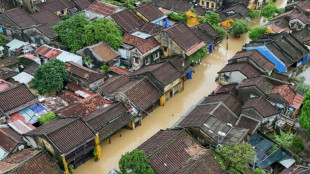
-
 History-making Japan golf twins push each other to greater heights
History-making Japan golf twins push each other to greater heights
-
Death becomes a growing business in ageing, lonely South Korea
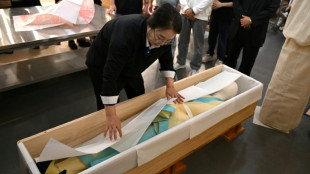
-
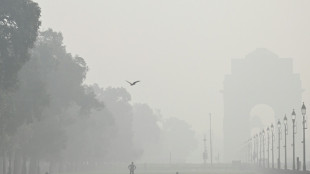 India's cloud seeding trials 'costly spectacle'
India's cloud seeding trials 'costly spectacle'
-
Chiba wins women's title, Malinin leads at Skate Canada

-
 Siakam sparks injury-hit Pacers to season's first NBA win
Siakam sparks injury-hit Pacers to season's first NBA win
-
Denmark's fabled restaurant noma sells products to amateur cooks
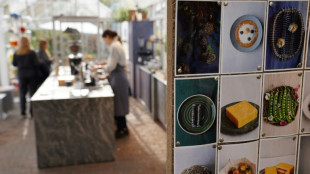
-
 UK train stabbing wounds 10, two suspects arrested
UK train stabbing wounds 10, two suspects arrested
-
Nashville top Messi's Miami 2-1 to level MLS Cup playoff series


Cracked earth in Greece's saffron heartland as drought takes toll
At a field outside Kozani, northern Greece, the strikingly blue-and-purple petals of saffron give off an intoxicating scent that underscores the value of one of the country's most lucrative crops.
But beneath the beautiful flowers, which can fetch five to nine euros ($5.45-9.8) for a single gramme, the earth is cracked and parched after uncommonly long periods of drought, taking a toll on the crop's yield.
"We haven't had a good dose of rain in our area since May," sighed veteran saffron farmer Grigoris Tzidimopoulos.
After the warmest winter and summer since detailed records began in 1960, Greece has now experienced its driest month of October in the last 15 years, according to the national observatory.
"This field used to give us more than a pound (454 grammes) per acre. Last year... from nine acres in all, the yield was three pounds," 68-year-old Tzidimopoulos said.
"Ten or 12 years ago when I sowed, it often snowed. Now we have neither snow nor rain," he added.
- Ancient tradition -
Harvested in Greece for at least 3,600 years -- a saffron picker is even immortalised in a Minoan-era fresco -- the spice is commonly used to flavour rice, chicken and fish but can also be found in cosmetics and pharmaceuticals.
At the local village of Krokos and in about 20 other neighbouring villages in Kozani, the inhabitants have systematically cultivated saffron since the 17th century.
Around 1,000 farmers live from the crop in the area and are intimately familiar with the microclimate that the plant requires order to perform better.
About 5,200 hectares of land (12,800 acres) cultivated here produce the largest quantity of saffron in Europe.
The local Krokos Kozani variety, also known as Greek saffron, enjoys protected designation status at European Union level.
Seventy percent of the product is exported to over 20 countries, with the largest markets being Switzerland and the United States.
And the regional cooperative, set up in 1971, has the exclusive right to collect, package and distribute the product.
Sissy Ioana, 40, has been working the fields for over 10 years and knows from experience whether the upcoming harvest will be a good one.
"Every year the crop is worse," she said, holding up a freshly cut flower to show the red or orange threads that, once dried, make saffron.
- Thinner than hair -
"The flower is not very big. Other years it's three times as big. When you dry it out it will be thinner than hair," she told AFP.
According to local growers, it takes about 50,000 of these red specks to produce 100 grammes of Greek saffron.
The cultivation is particularly labour-intensive as the harvesting to packaging process is all done by hand.
In the 1980s, according to the cooperative, total saffron production in the area was as high as 12 tonnes. Last year it was just over one tonne.
"The annual quantities produced have been decreasing every year," said the cooperative's president, Vassilis Mitsiopoulos.
In 2017, the cooperative produced of 3.8 tonnes of saffron, while last year they barely reached 1.1 tonnes with the same acreage, he said.
"The climate is getting warmer. The rains are erratic through the year and at the wrong time. Snowfall is, I would say, non-existent now."
"All this has resulted in a reduced yield of Kozani saffron," he said.
Climate conditions have changed so dramatically over the last 20 years that olive trees now flourish in Kozani, something unthinkable previously, Mitsiopoulos said.
"If the (saffron) yield continues to be so low I imagine that producers will abandon it or be forced to try to relocate to more northern areas," he said.
F.Stadler--VB

